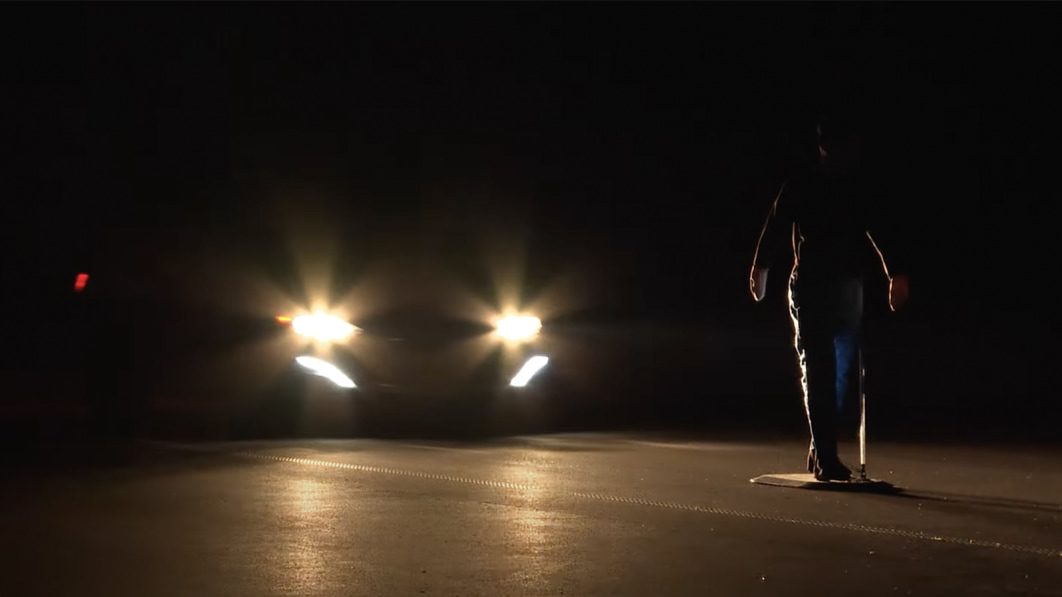IIHS Study: Automatic emergency braking systems need improvement at night

Over the past couple of years, the Insurance Institute for Highway safety has been expanding its testing of automatic emergency braking systems. It has expanded from just testing car-to-car capabilities to testing car-to-pedestrian, as of 2019. Now it’s looking at how these systems work at night. As it turns out, they do quite a bit worse than during the daytime.
This is important for two reasons. First of all, as the organization notes, pedestrian deaths have been on the rise since 2009. And from 2020 to 2021, deaths have risen by 13% to just over 7,300. Of those, 75% occur at night. The second reason is that, as shown by an IIHS study, automatic emergency braking systems with pedestrian detection make a difference in reducing traffic collisions with pedestrians. Though the study also showed the systems weren’t making a difference at night.
The reason for this, after this battery of tests, seems to be the systems just aren’t particularly good at detecting pedestrians after the sun sets. The test involved using adult mannequins either crossing the street or walking parallel to the street. Child mannequins, used in daylight testing, were excluded due to very low rates of child pedestrian fatalities at night (Good news, Elon! -BH.). Each situation was run with the car at two speeds (12 and 25 mph for street crossings and 25 and 37 mph for parallel) and with headlights on low and high. The organization tested 23 midsize sedans, SUVs and pickup trucks. In day light, 19 of them got the highest two ratings of Superior or Advanced. At night, that dropped to just 11, less than half. Four cars, the Chevy Malibu, Honda Pilot, Nissan Altima and Toyota Tacoma did badly enough that they received no score.
The top, Superior, performers were the Ford Mustang Mach-E, Nissan Pathfinder, Toyota Camry and Toyota Highlander. The Pathfinder even managed to avoid a collision with a pedestrian in all situations. The Advanced recipients were the Honda Accord, Hyundai Palisade, Hyundai Sonata, Nissan Frontier, Nissan Murano, Subaru Ascent and Subaru Outback.
The good news is that there are systems that work well. Also, once the IIHS begins regularly testing safety features, automakers tend to make improvements to perform well on them. Examples of this include the organization’s small-overlap frontal crash tests and headlight tests.
Related Video:



